16 Important Steps To Take If Your Dog Passes Away At Home
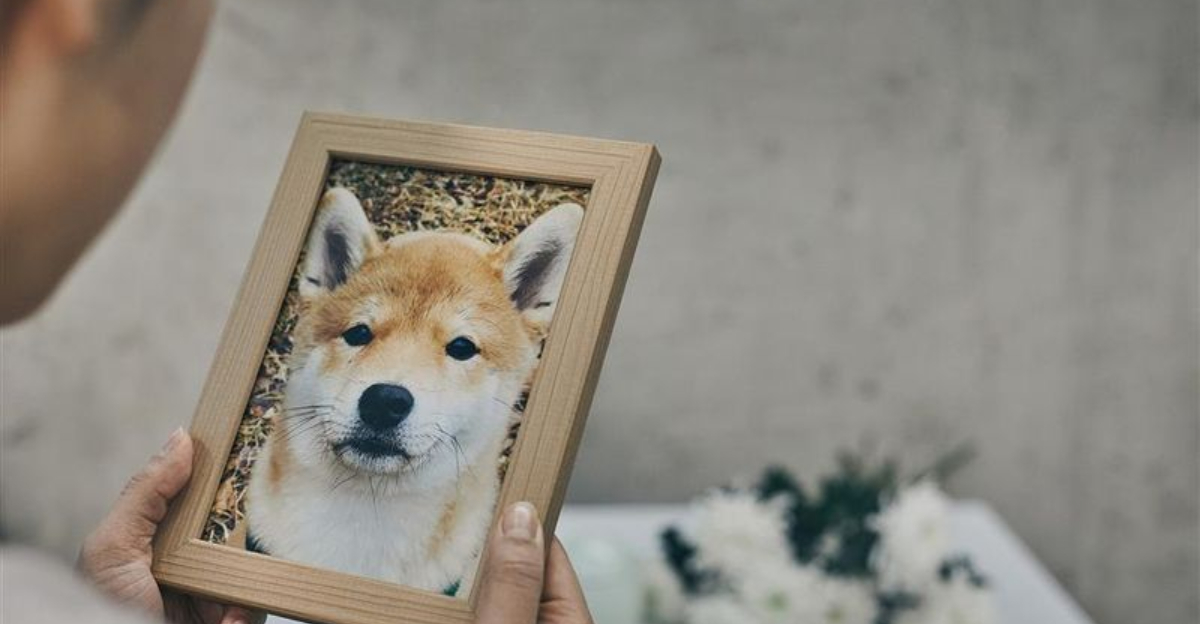
Losing a furry friend is a heart-wrenching experience, especially when it happens at home. This guide is designed to help you navigate the difficult moments following the passing of your beloved pet.
From handling practicalities to honoring their memory, here are steps to take if your dog passes away in the comfort of your home.
1. Stay Calm And Take A Moment

In those first moments, your emotions might feel overwhelming. It’s okay to take a pause and process the situation. Remember, your pet was a cherished family member, and it’s natural to grieve.
Take some deep breaths and allow yourself a moment of quiet reflection. It’s important to honor your feelings without rushing into action.
This time can be healing, providing a sense of peace amidst the sadness. You can also gather loved ones and share memories, creating a comforting environment.
2. Verify The Passing

Before proceeding with any decisions, make sure your pet has indeed passed away. Check for any signs of breathing or a heartbeat by gently touching their chest or feeling for a pulse.
This can be a difficult step, but it’s a necessary one to ensure that the situation is clear. If you are unsure, consider contacting a vet for further guidance.
Confirming this will allow you to move forward with the necessary steps with certainty.
3. Call A Trusted Friend Or Family Member

In moments of grief, support from loved ones can be invaluable. Reach out to a trusted friend or family member to let them know what has happened.
Sharing your feelings with someone who understands can provide comfort and strength. They might also offer to help with practical matters or simply be there to listen.
You don’t have to go through this alone; leaning on others can make the burden a little lighter.
4. Preserve The Body Properly

Once you’ve confirmed the passing, it’s important to preserve your pet’s body properly until you can make further arrangements.
Wrap your dog in a cozy blanket or towel, keeping them in a cool area of your home. This helps maintain their dignity and prevents any issues with decomposition if you plan to delay the next steps.
It’s a respectful way to take care of them one last time.
5. Contact Your Veterinarian

Your vet can be a valuable resource during this time. Reach out to them to discuss what to do next.
They may offer services such as cremation or burial, provide advice on home burial, or suggest pet memorial services.
Their expertise can guide you through the options available, ensuring that your pet is laid to rest with care and consideration. This is an essential step in planning your pet’s farewell.
6. Consider Burial Options
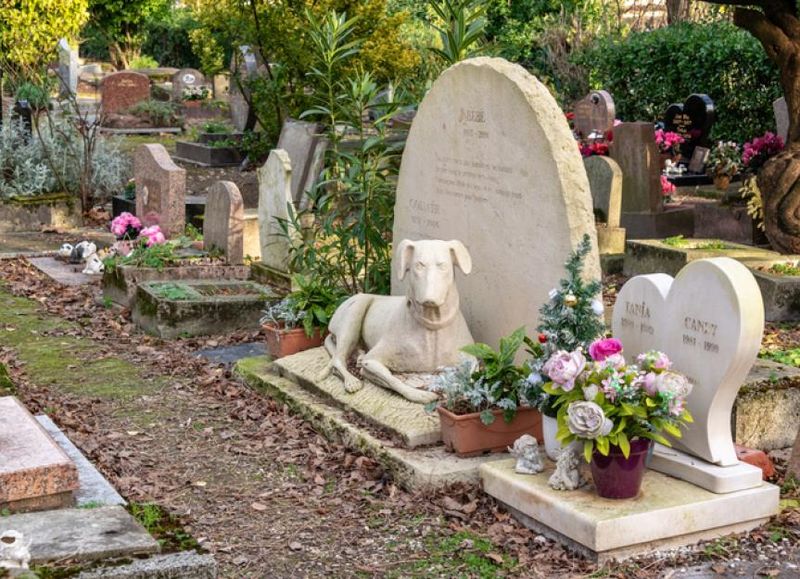
If you wish to bury your pet at home, check local regulations first. Some areas have specific rules regarding pet burial.
Choose a spot in your yard that is meaningful and ensure it’s deep enough to prevent disturbance by other animals.
Alternatively, you may opt for a pet cemetery, where professionals handle the burial. Both options allow you to create a special resting place for your furry friend, honoring their memory.
7. Look Into Cremation
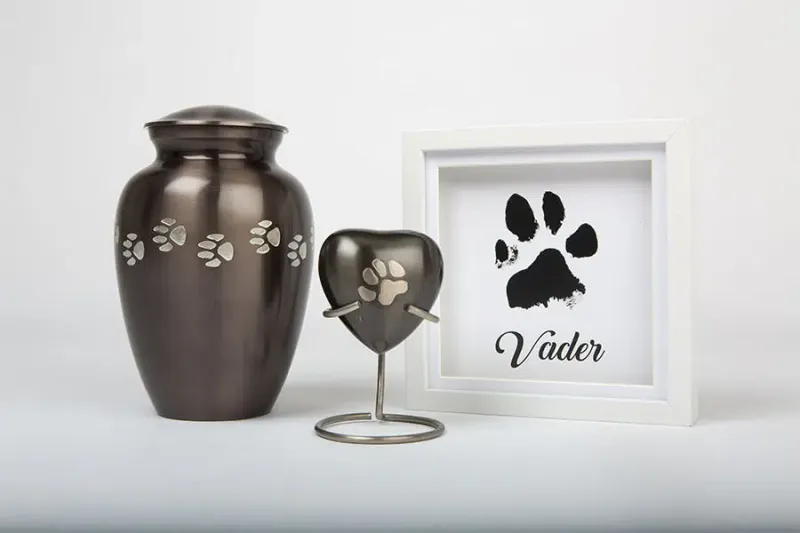
Cremation is a popular option for many pet owners. Contact a local pet crematorium to discuss their services.
They often offer individual or communal cremations, and you can choose to keep your pet’s ashes in an urn. This option provides flexibility, as you can keep the ashes at home or scatter them in a place that holds special meaning.
It’s a way to keep your pet close, even after they’ve passed.
8. Create A Memorial

Celebrate your pet’s life by creating a memorial in their honor. Display photos, their collar, or favorite toys in a special corner of your home.
You can also plant a tree or create a garden in their name, serving as a lasting tribute to the joy they brought into your life.
This practice can be therapeutic, helping you to focus on the happy memories you shared. It’s a beautiful way to remember and cherish your beloved pet.
9. Notify Pet Insurance
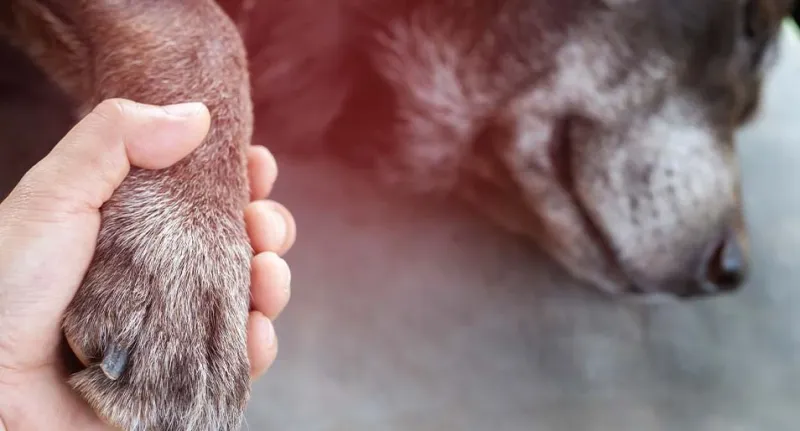
If you had pet insurance, it’s time to notify them of your pet’s passing. They may require specific documentation or offer support for end-of-life expenses.
Having all your paperwork ready can make this process smoother. While it might feel like a mundane task, handling these details ensures that everything is in order, giving you one less thing to worry about.
Consider it a practical step in managing a difficult situation.
10. Cancel Pet Services
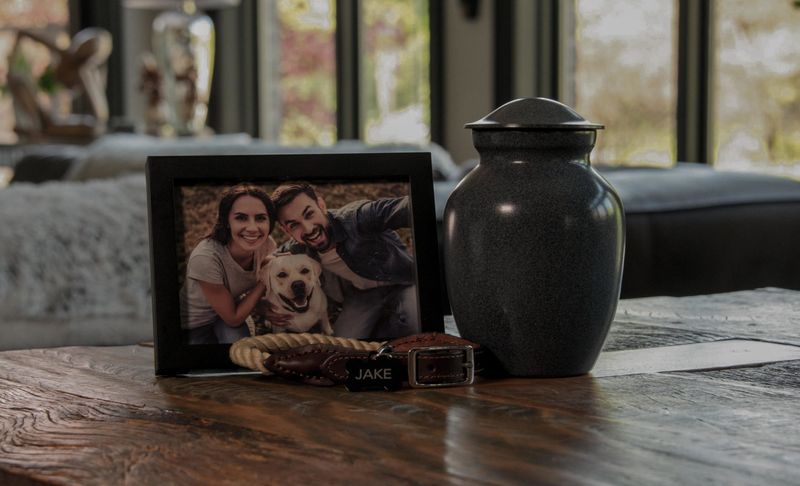
Many of us have standing arrangements for pet care, like grooming, walking, or daycare. Take a moment to cancel these services, letting providers know of your loss.
It’s a simple, yet necessary task that prevents future confusion or charges. This step can also provide closure, as you inform people who cared for your dog about their passing.
They might even share in your sorrow, knowing how much your pet meant to you.
11. Discuss With Children
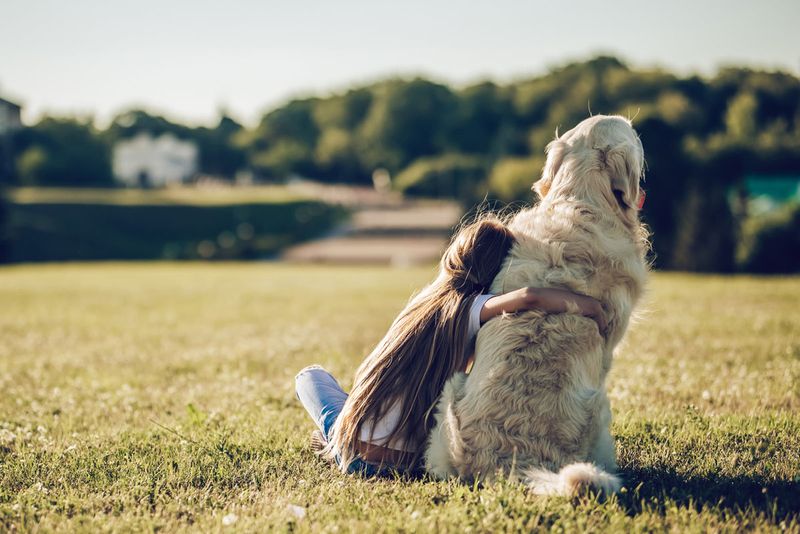
Explaining the loss to children can be challenging, but honesty is crucial. Use age-appropriate language to help them understand what’s happened.
Encourage them to express their feelings and share memories of your pet. Creating a space for open discussion allows children to grieve in their way, fostering healing.
You might even engage them in memorial activities, helping them feel included in celebrating your pet’s life.
12. Seek Support Groups
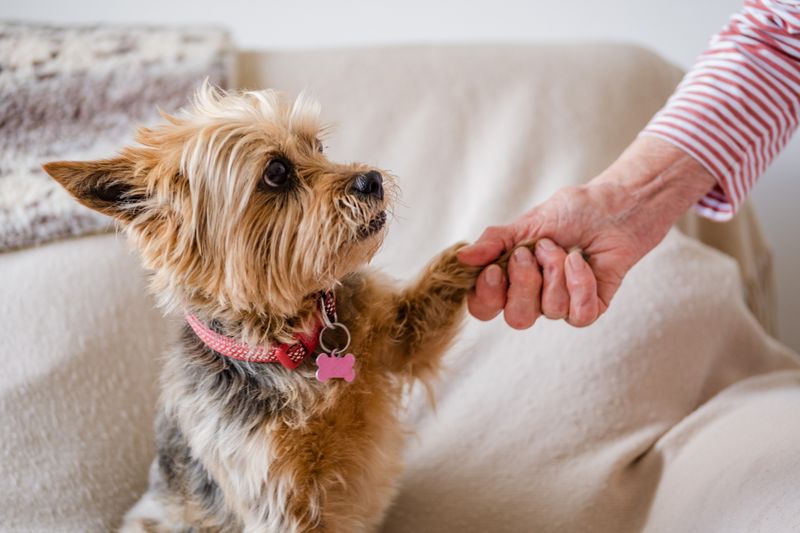
Grief is a personal journey, and sometimes, connecting with others who have experienced similar loss can be healing. Consider joining a pet loss support group, either in person or online.
Sharing your feelings with empathetic listeners can provide comfort and understanding. It’s a reminder that you’re not alone, and others have walked this path too.
Support groups can offer coping strategies and a sense of community during a difficult time.
13. Reflect On Adoption

When you’re ready, consider opening your heart to another dog. Adoption won’t replace your lost pet, but it can bring joy and companionship once again.
Take your time with this decision, ensuring it’s the right one for you and your family.
Visiting shelters and meeting adoptable animals can be a healing experience, offering hope and the possibility of new beginnings. Remember, your heart has plenty of room for love.
14. Hold A Farewell Ceremony
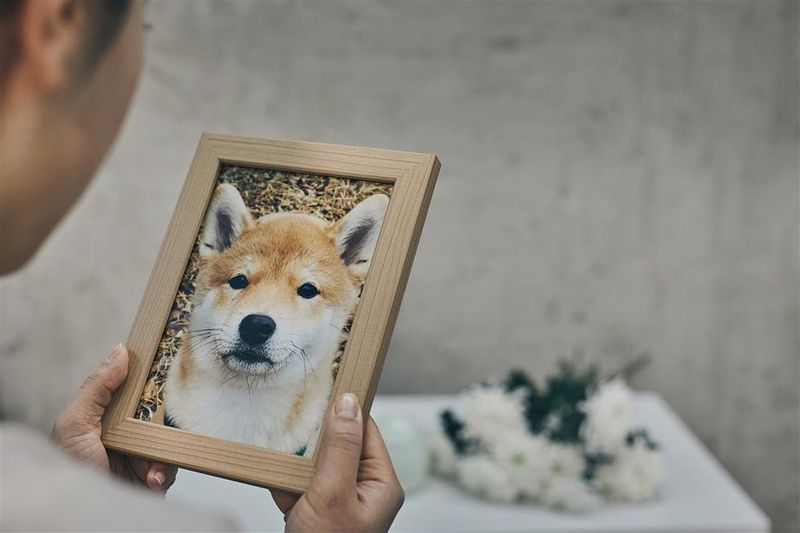
A farewell ceremony can be a meaningful way to say goodbye. Invite family and friends to join in celebrating your pet’s life. Share stories, light candles, or play your pet’s favorite music.
This gathering provides closure and allows everyone to support each other in grief. It’s a moment to honor your pet’s impact on your life, surrounded by those who understand.
A ceremony can also be healing, marking a heartfelt goodbye.
15. Write In A Journal

Writing can be therapeutic, helping you process your feelings and memories.
Consider keeping a journal dedicated to your pet, where you can capture your thoughts, recall happy moments, or express your grief.
This practice allows you to privately navigate your emotions and cherish the bond you shared.
Over time, these reflections can turn into a cherished keepsake, filled with love and gratitude for your pet’s presence in your life.
16. Allow Yourself Time To Grieve

Grieving takes time, and it’s important to allow yourself the space to heal. Remember, there’s no right or wrong way to grieve, and everyone experiences it differently.
Be patient with yourself and seek support if needed. Spending time in nature or engaging in activities that bring comfort can be beneficial.
Allow yourself to feel the emotions that come and go, knowing that healing is a journey that takes its own course.






